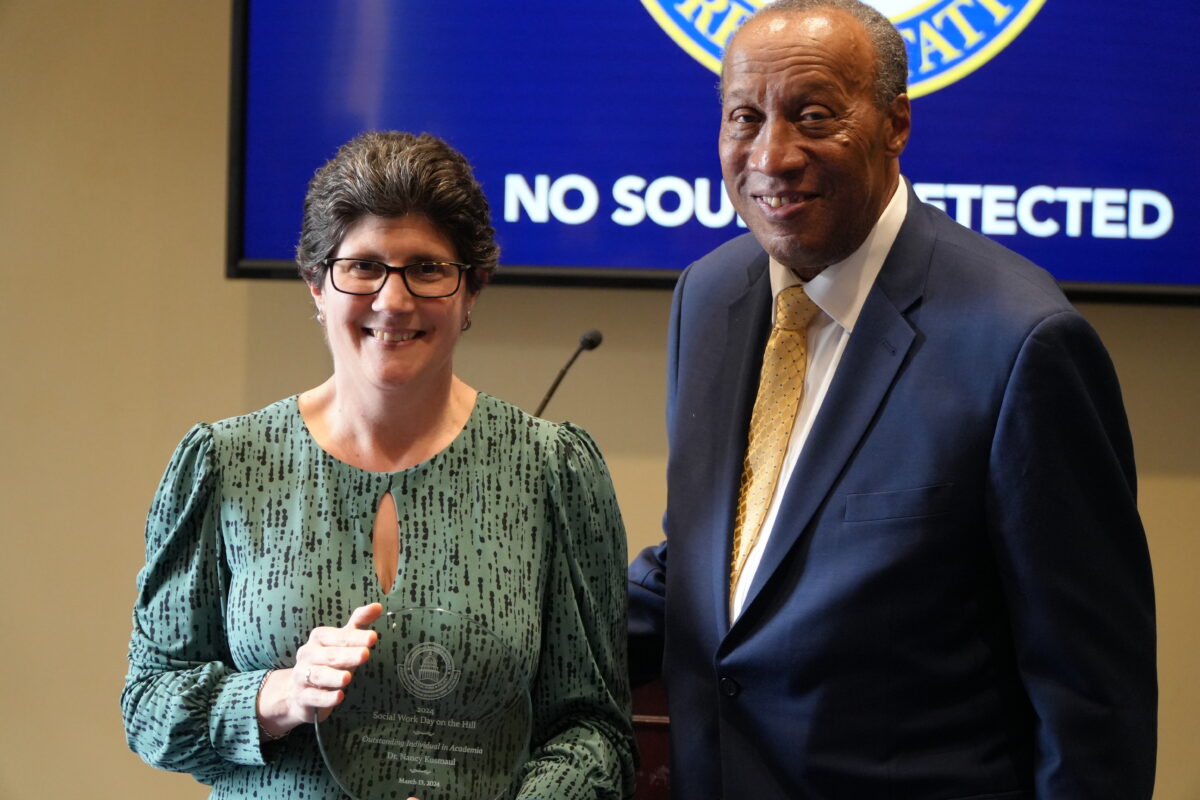UMBC Scientist Joins NASA Mission
Timothy Stubbs, a scientist at UMBC and NASA-Goddard Space Flight Center, has won funding for a project that sounds like equal parts Ray Bradbury and early David Bowie: studying how electrically charged dust moves across the moon and how it could be a hazard to humans and robots exploring the lunar surface.
Stubbs was selected by NASA to join the science team for the Lunar Reconnaissance Orbiter (LRO) mission, being built at Goddard and scheduled for launch later this year. The LRO is NASA’s first step in plans to return humans to the moon by 2020. Stubbs is an assistant research scientist with UMBC’s Goddard Earth Sciences and Technology Center.
Most of the evidence for a lunar dust “atmosphere” dates back to the Apollo mission era. NASA scientists analyzing images returned by the Surveyor landers noticed a ‘horizon glow’ close to the surface after lunar sunset, believed to be caused by sunlight scattered by ultra-tiny (smaller than a few microns – a millionth of a meter) dust particles. While astronauts in orbit observed a high-altitude horizon glow (over 62 miles high) just as their spacecraft was passing out of the shadow of the Moon.
According to the “dust fountain” model developed by Stubbs and colleagues at NASA Goddard, the high-altitude dust grains inferred from the horizon glow are probably highly-charged and have been lofted upward by electric fields close to the lunar surface. Once above the lunar surface electric field, the dust grains then fall back toward the Moon under gravity, with their trajectories resembling the arc of a water fountain.
Like the rest of the lunar soil, the dust was created over billions of years by the countless impacts of tiny meteorites. It gets its electrical charge from the sun’s ultraviolet light, X-rays and the moon’s surrounding plasma (electrified gas of ions and electrons) environment. The dust’s electrostatic charge makes it move about the moon’s surface and also gives it a static-cling stickiness that can be hazardous to astronauts and their equipment.
The tiny dust fragments are sharp and jagged since there is no air or water on the moon to smooth them over time. The dust was a nuisance to the Apollo astronauts, sticking to their spacesuits and tracking inside their spacecraft.
But what was a minor annoyance for the relatively brief Apollo missions could be dangerous during the next-generation, long-duration missions being planned by NASA. Astronauts who regularly inhale the sharp dust fragments over time could develop lung diseases similar to those caused by asbestos or coal dust. The dust could also cause problems with sensitive equipment and instruments.
“I feel very fortunate to have the opportunity to be directly involved with NASA’s return to the moon, as well as very excited about all the great new science that will be achieved with this historic mission,” said Stubbs.
Stubbs’ project will use instruments on the LRO and other spacecraft to measure how much lunar dust there is and map the moon’s electric fields to better understand when and where the dust is most likely to be a problem for the manned missions planned for 2020 and beyond.
(4/15/08)
© 2007-08 University of Maryland, Baltimore County 1000 Hilltop Circle, Baltimore, MD 21250 410-455-1000



